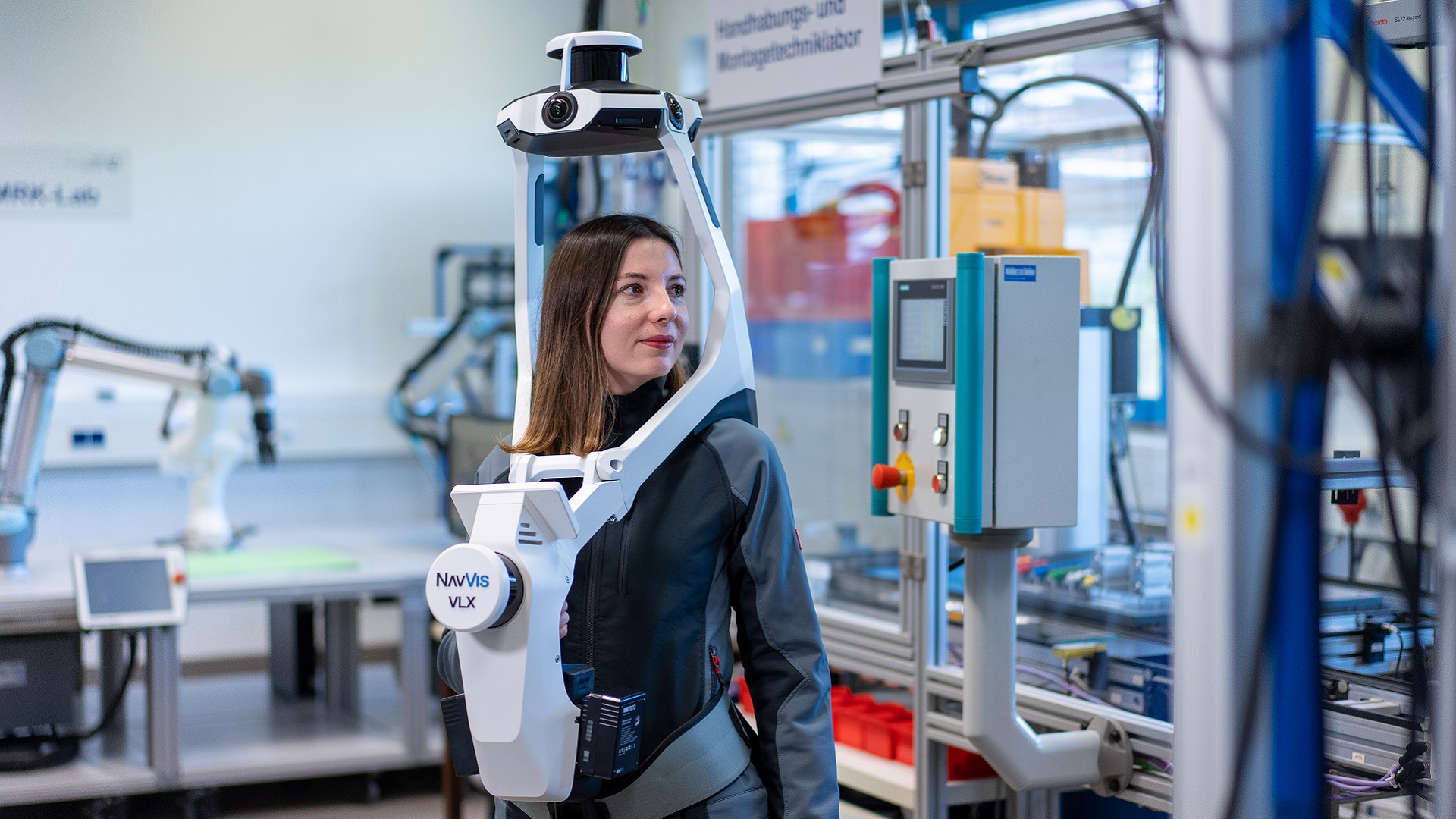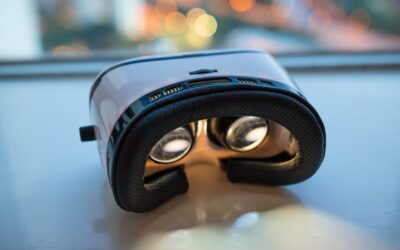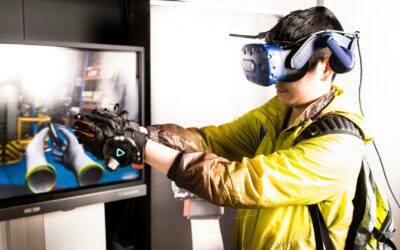In a time of unprecedented pressure, automotive manufacturers are turning to the industrial metaverse to maintain a competitive edge.
The industrial metaverse is a phase in the digitization of the manufacturing sector, like Industry 4.0. At its most basic level, a metaverse is a 3D digital version of reality with extensive connectivity that enables frictionless collaboration between specialists. The goal is to optimize business and engineering processes to enhance what is possible in the real world and take operations to the next level.
As powerful as the industrial metaverse can be, organizations can face significant challenges when moving their operations to the digital realm. We look at two of the biggest challenges and explore a few emerging tools that can empower companies to implement an industrial metaverse – and even enable advanced applications like physics-based simulations and AI.
Overcoming Fragmentation
Factories undergoing a digital unification of their operations will often find relevant data spread across different applications, formats, or systems that are incompatible with one another.
“You have different disciplines that work in their own silos, such as the architect, the facility manager, the construction manager, or the factory planner. To add more complexity, all of them work with different software,” said Georg Schroth, CTO and Co-Founder of NavVis – a global leader in advanced technologies for reality capture and digital factories. “Then, the problem is that they often don’t know what the other parties are doing in parallel.”
An ideal solution is NVIDIA’s Omniverse platform, built on the Universal Scene Description (USD) technology developed by animation studio Pixar. Omniverse acts as a connecting fabric between the diverse applications and file types. different specialists use for a project. It seamlessly integrates industry-standard software for applications like structure, layout, equipment management, process and metadata, logistics, and more. And the flexibility and power of USD technology enables NVIDIA to keep adding further connections in the future.
Omniverse also enables a synchronized 3D workflow, where specialists can work within their own tools, pull data stored in other applications, see what their colleagues are working on, and follow changes as they happen – similar to a 3D version of a Google Doc or Microsoft Office shared document.
Getting the Correct 3D Data
The next challenge when building an industrial metaverse is ensuring that the factory model used as the foundation is fully synchronized with the real-world factory. Unfortunately, manufacturers will often find that their factory’s CAD models are incorrect, incomplete, or out of data.
Dr. Felix Reinshagen, CEO and co-founder of NavVis, understood this fact. “These digital factories cannot just rely on existing libraries of computer-generated models. They must complement existing data with an accurate, large-scale, always up-to-date 3D representation of the real world to ensure actionable results,” Reinshagen explained.
NavVis is partnering with NVIDIA to solve this problem by streaming large-scale reality capture data for automotive factories. The NavVis VLX hardware is a wearable mobile mapping device that an operator uses to capture a facility at a walking speed. It uses lidar and 360° sensors to capture accurate and photo-realistic 3D data sets, which can deliver a digital factory factory that aligns perfectly with reality.
When used with NavVis IVION, stakeholders with internet access and the correct permissions can navigate facilities as they would in Google Street View. This increases the user base up to 20 times compared to traditional 3D tools, further reducing the fragmentation of tasks and projects.
Next Step: Advanced Applications
When digitizing and unifying operations in the metaverse, manufacturers often face fragmentation and digital factory models that don’t align with reality. NVIDIA Omniverse and NavVis VLX offer the tools to solve these problems – and build an industrial metaverse that empowers them to take on bigger, more advanced applications.
For example, manufacturers can use their industrial metaverse to simulate a factory reconfiguration before construction, with multiple specialists working within a digital space based on accurate 3D data and true-to-life physics. This allows the team to collaborate better and iterate designs quickly, reducing costs significantly.
Manufacturers can also use the industrial metaverse to solve the hard problems of AI implementation. Tools like Omniverse and NavVis VLX supply the necessary data and ready-trained algorithms for several AI applications, like optimizing worker ergonomics and safety or training robots on the correct behavior across the new environments presented by the reconfigured factory space.
And this only scratches the surface of what manufacturers can do once they find the right tools to digitize operations and move into the industrial metaverse.
Sign up today for a free Essential Membership to Automation Alley to keep your finger on the pulse of digital transformation in Michigan and beyond.
Bridging the gap between the physical and digital world, NavVis enables service providers and enterprises to capture and share the built environment as photorealistic digital twins. Our SLAM-based mobile mapping systems generate high-quality data with survey-grade accuracy at speed and scale. And with our digital factory solutions, users are equipped to make better operational decisions, boost productivity, streamline business processes, and improve profitability. Based in Munich, Germany, with offices in the United States and China, NavVis has customers worldwide in the surveying, AEC, and manufacturing industries.




